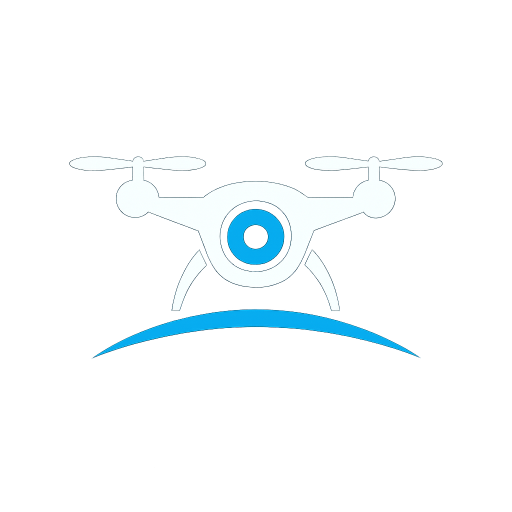High-End Drone Filming & Stock Footage 4K+
Overview
At DronoRama, every aerial production follows the local and international regulations that govern drone operations.
Each country maintains its own aviation authority, specific rules, and licensing requirements depending on where, what, and why you’re filming — whether in urban areas, natural reserves, coastal regions, or restricted airspaces.
Our mission is to ensure safe, legal, and responsible drone operations, respecting both airspace regulations and environmental protection guidelines.
Understanding Drone Regulations
Drone laws vary significantly from one country to another. Below are the general categories that most drone authorities define:
- Open Category (A1/A3, A2): For low-risk operations; visual line of sight, limited altitude, and no flights over crowds.
- Specific Category: Requires a flight authorization or operational risk assessment (SORA) for medium-risk missions (e.g., city centers).
- Certified Category: High-risk, usually for large drones or commercial logistics, not used in DronoRama operations.
Before every flight, DronoRama verifies:
- Airspace classification and temporary flight restrictions (TFRs).
- Local permits or coordination with authorities.
- Insurance and pilot licensing validity.
Drone Licensing by Region
| Region / Country | Authority / Program | Main License Types | Key Requirements |
|---|---|---|---|
| European Union | EASA (AESA in Spain, DGAC in France, etc.) | A1/A3, A2, Specific | Online registration, pilot competency, insurance |
| United Kingdom | CAA | A1/A3, A2 CofC, Operational Authorization | Flyer ID, Operator ID, insurance, risk assessment |
| United States | FAA | Part 107 License | Aeronautical knowledge test, registration, insurance |
| Canada | Transport Canada | Basic / Advanced Certificate | Online test, flight review, registration |
| Australia | CASA | RePL, ReOC | Pilot license, operator certificate |
| Japan | JCAB | Level 1–4 Permissions | Registration, airspace authorization |
| UAE | GCAA | Recreational / Commercial Permit | Authorization, ID, no-fly zones enforced |
| Latin America | DGAC (varies by country) | Local pilot ID, permits | Registration, insurance, altitude limits |
| Africa | CAA (varies by country) | Local certification | Permit, no-fly areas, insurance required |
Urban vs. Landscape Operations
- Urban filming often requires municipal or airspace permits, depending on proximity to airports or public gatherings.
- Landscape and coastal areas may need authorization from environmental agencies if within protected zones (e.g., nature reserves).
- In remote areas, flights may operate freely under the “open category” if within visual line of sight and below 120 meters.
Safety & Insurance
All DronoRama flights are:
- Fully insured for aerial operations.
- Conducted by certified pilots with valid EASA/CAA credentials.
- Planned using NOTAM and airspace safety tools to ensure compliance and zero interference with manned aviation.
Our Commitment
DronoRama is committed to legal, safe, and responsible aerial filmmaking. Our goal is not only to capture the world’s beauty from above but also to do so ethically, respecting privacy, nature, and airspace laws across every location we film.
